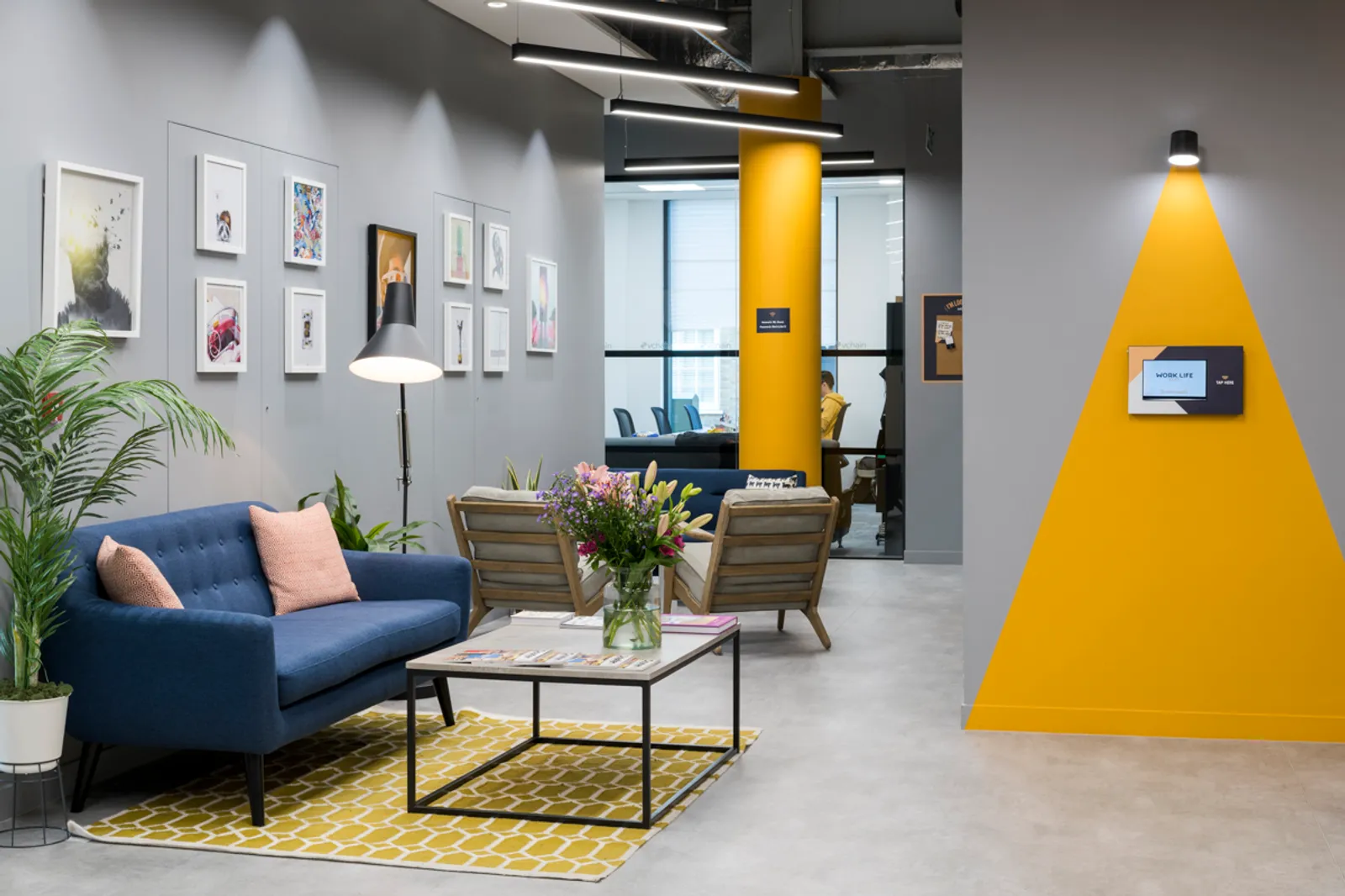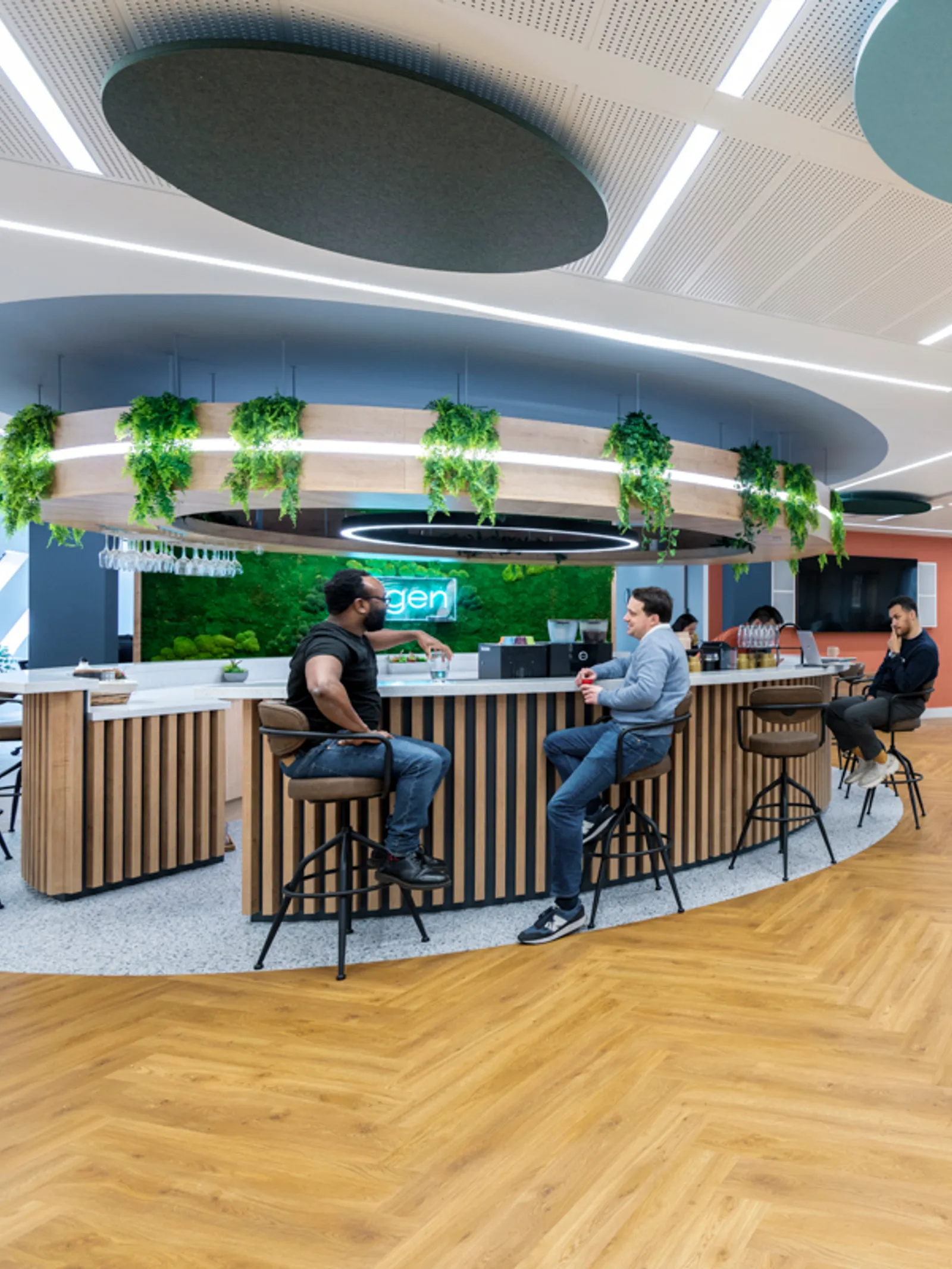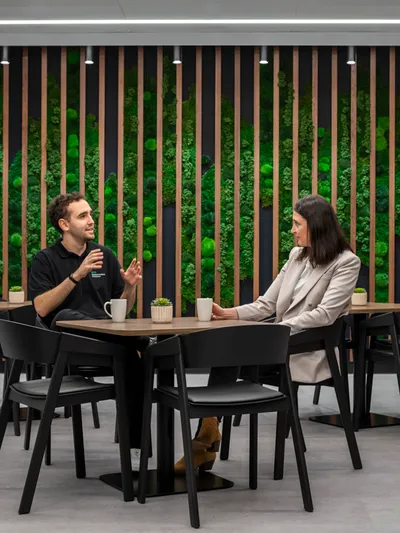A comprehensive guide on how to design a successful coworking space
The rise of remote work and freelancing has fueled the popularity of co-working spaces, providing professionals with a flexible and collaborative environment to work in. As the demand for co-working spaces continues to grow, designing a well-thought-out and appealing space becomes crucial for attracting and retaining tenants. In this guide, we'll explore the essential steps and considerations to create a successful and inviting co-working space.
1. Understand Your Target Audience
Before diving into the design process, it's essential to identify your target audience. Co-working spaces cater to a diverse group of individuals, such as freelancers, startups, remote workers, and small businesses. Understanding the specific needs and preferences of your potential tenants will help you tailor the design to their requirements. Conduct surveys or gather feedback from potential users to gain valuable insights.
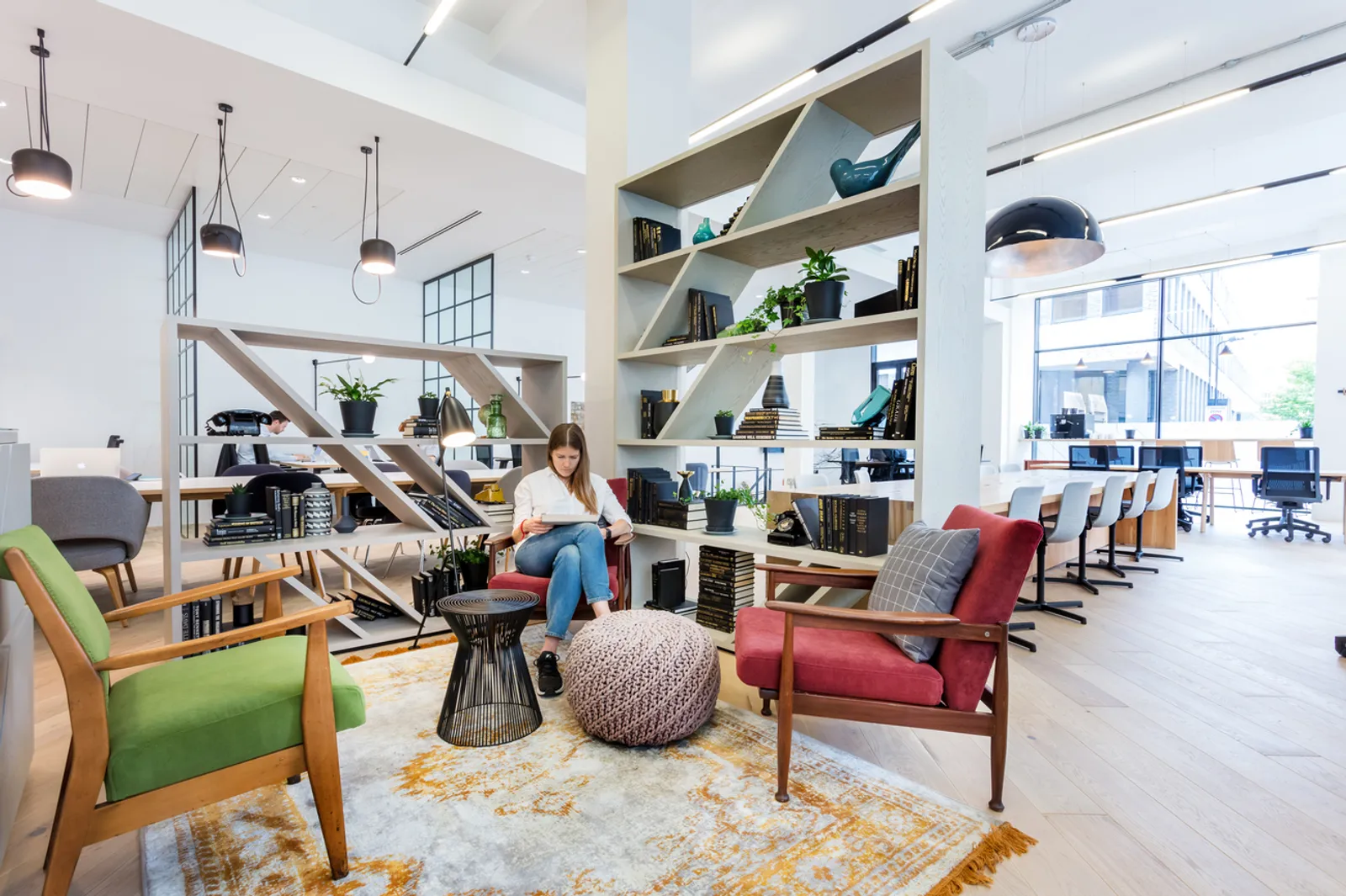
2. Define the Layout and Zones
Creating a functional layout is the foundation of a successful co-working space. Consider dividing the space into different zones to accommodate various work styles and activities. Common areas for networking, collaboration, and socialising should coexist with private workspaces for focused tasks. Include phone booths or quiet areas for private calls and video conferences. A well-balanced layout encourages interaction while respecting the need for privacy.
3. Focus on Flexibility and Versatility
Flexibility is one of the primary reasons people choose co-working spaces over traditional offices. Ensure that your design incorporates movable furniture and modular elements that allow for easy reconfiguration. Flexibility enables users to adapt the space to their changing needs, making it more appealing to a broader audience.
4. Create a Welcoming Reception Area
The reception area is the first impression visitors will have of your co-working space. Design a warm and inviting entrance that reflects the ambience of the entire space. Comfortable seating, natural lighting, and a friendly receptionist contribute to a positive experience for both new and returning members.
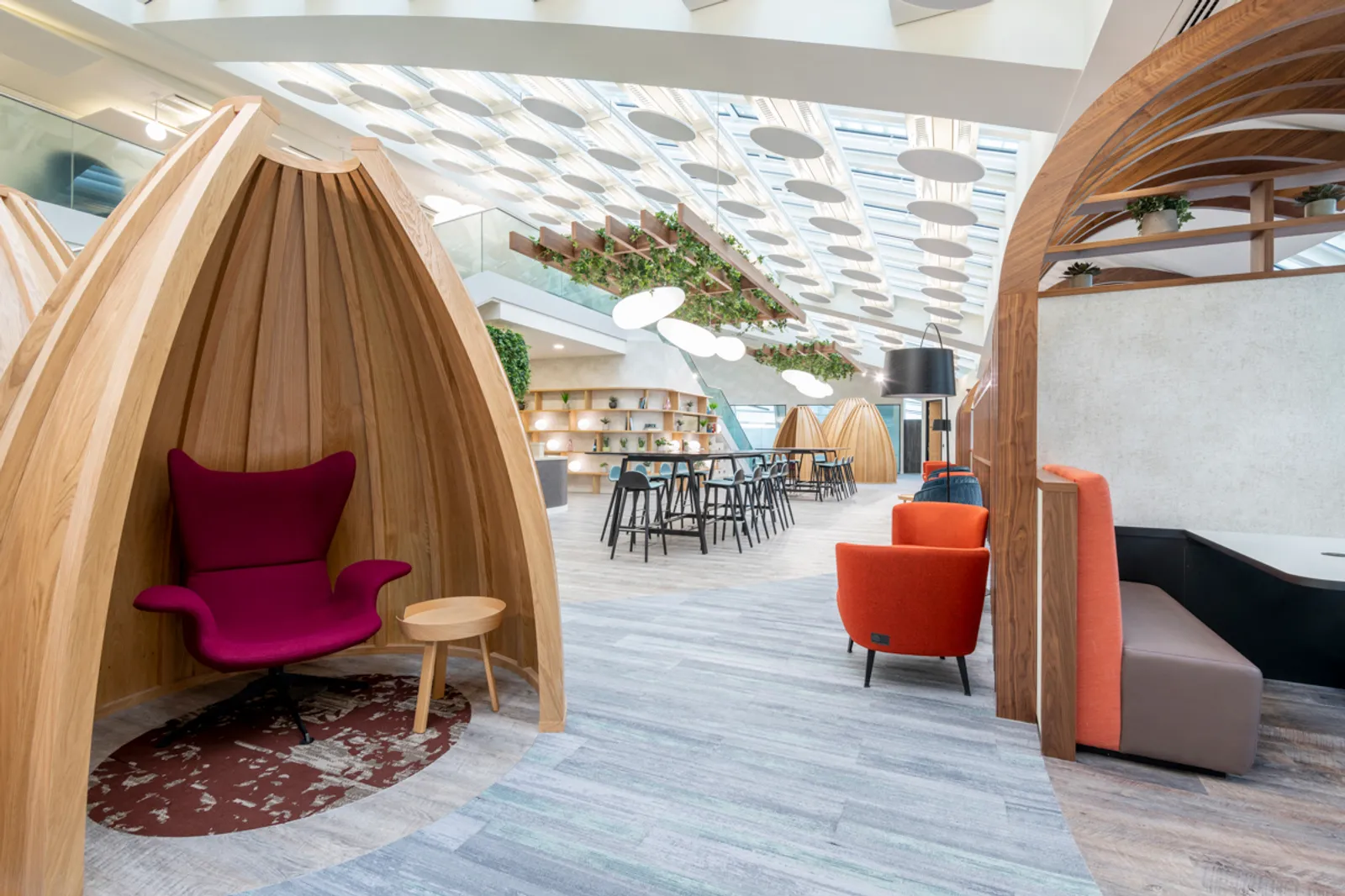
5. Embrace Natural Lighting and Biophilic Design
Natural light has a significant impact on productivity and wellbeing. Maximise the use of natural lighting throughout the space, placing workstations near windows whenever possible. Additionally, incorporate biophilic design elements, such as indoor plants and green walls, to bring a touch of nature indoors. Biophilic design can improve air quality, reduce stress, and create a more pleasant atmosphere.
6. Prioritise Ergonomic Furniture
Since co-working spaces cater to professionals who spend extended hours working, investing in ergonomic furniture is crucial. Ergonomically designed chairs and adjustable desks promote comfort and reduce the risk of musculoskeletal issues. Prioritise comfort and functionality to keep your members happy and productive.
7. Invest in Technology
Co-working spaces heavily rely on technology for smooth operations. Offer high-speed internet, charging stations, and access to essential business tools and software. Additionally, consider incorporating smart technologies for easy room booking, access control, and member management.
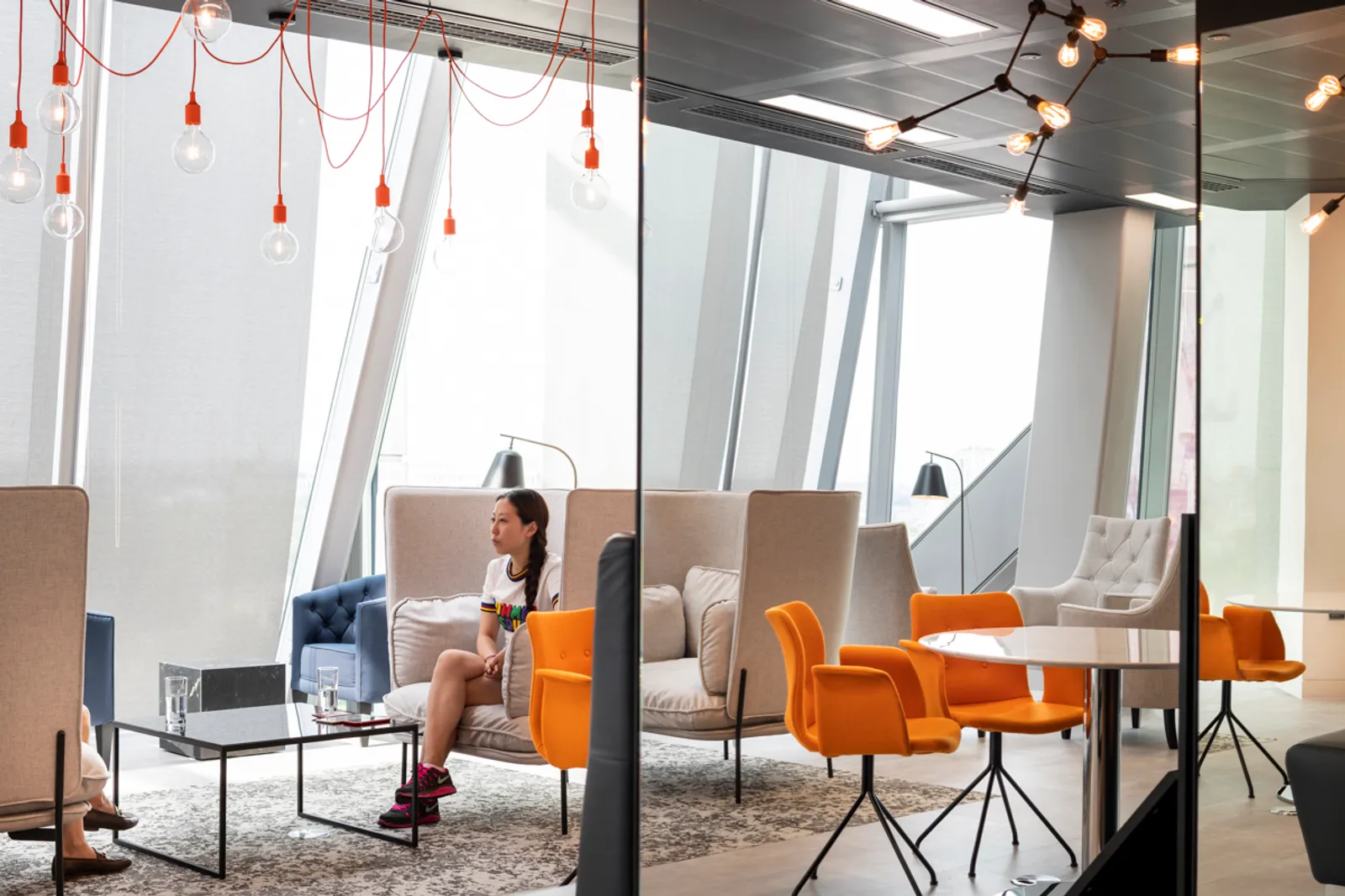
8. Foster a Sense of Community
Co-working spaces thrive on the sense of community they create. Design communal areas, such as shared kitchens and breakout spaces, to encourage interaction and networking among members. Organise events, workshops, and networking sessions to further strengthen the community bond.
9. Pay Attention to Acoustics
Noise can be a significant distraction in a co-working space. Implement acoustic design solutions to reduce sound transmission and create a quieter environment. Utilise sound-absorbing materials and design private workspaces strategically to minimise noise disruptions.
10. Focus on Branding and Aesthetics
Develop a unique branding identity for your co-working space to set it apart from competitors. Incorporate the brand's colour scheme and logo throughout the space, including on walls, furniture, and marketing materials. Aesthetics play a vital role in attracting potential tenants, so ensure that your design aligns with your brand image.
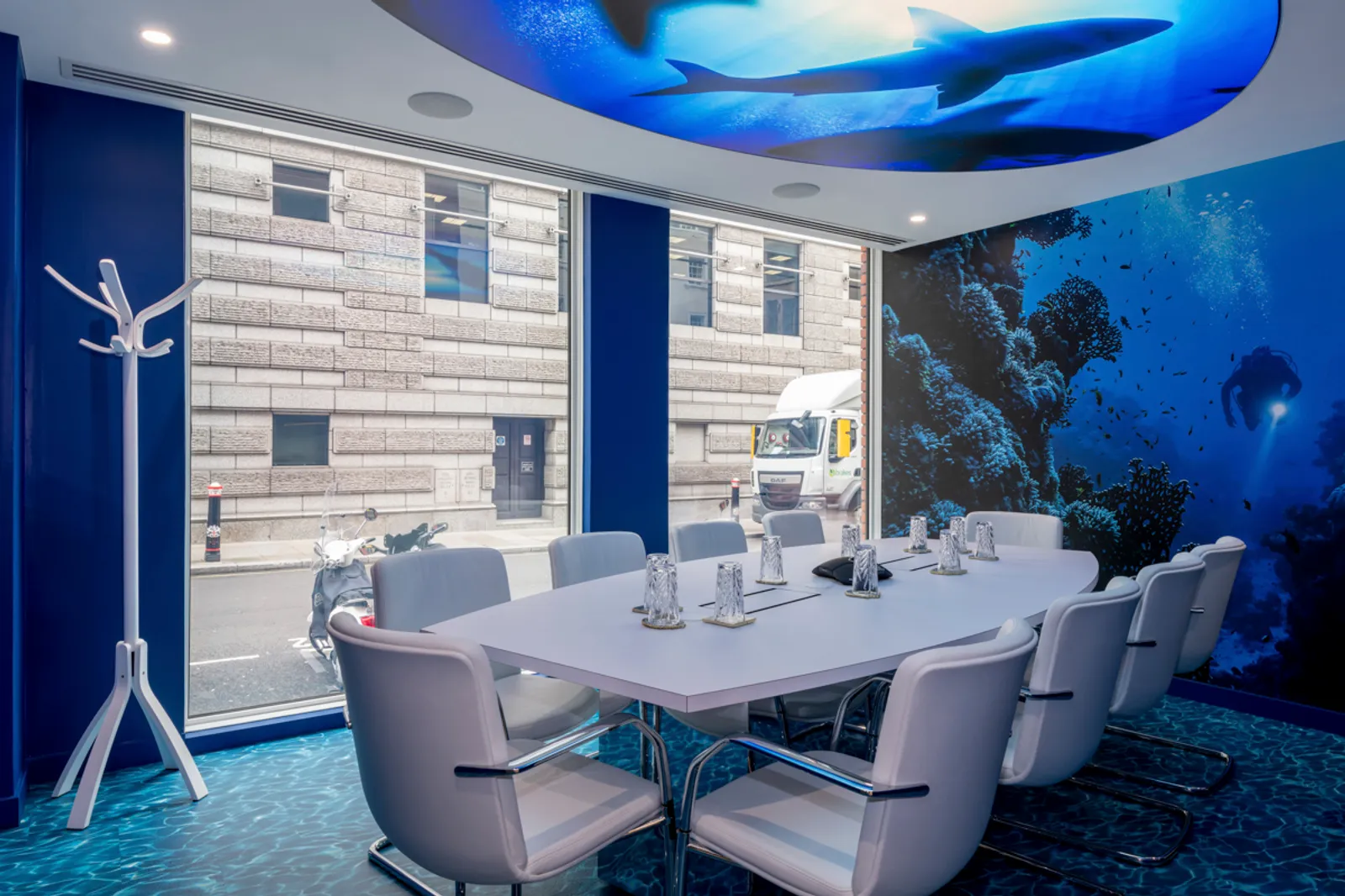
How to Design a Coworking Space with Area
Designing a co-working space requires careful consideration of the target audience, functionality, and aesthetics. By creating a flexible, welcoming, and community-driven environment, you can attract a diverse range of professionals looking for a productive and enjoyable workspace. As experts in office design, we will work with you to create the perfect coworking space suited to your bespoke vision. We thrive on challenges and continually push the boundaries to deliver office design solutions that are both reliable and future-proof. Looking to redesign your office space into a forward-thinking, sustainable environment? Get in touch with us today and start your journey.
